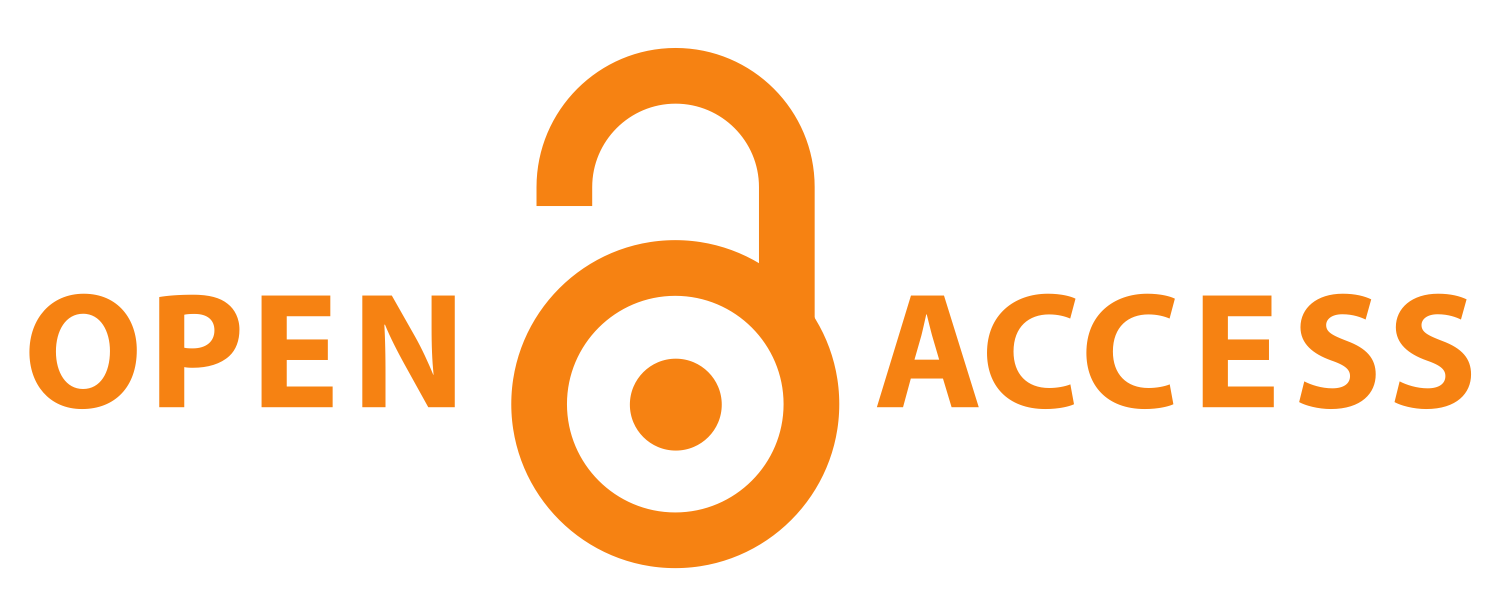Automated Machine Learning For Computational Mechanics (Dagstuhl Seminar 24282)
Authors Elena Raponi, Lars Kotthoff, Hyunsun Alicia Kim, Marius Lindauer and all authors of the abstracts in this report
-
Part of:
Issue:
Dagstuhl Reports, Volume 14, Issue 7
Part of: Volume: Dagstuhl Reports, Volume 14
Part of: Journal: Dagstuhl Reports (DagRep) - License:
 Creative Commons Attribution 4.0 International license
Creative Commons Attribution 4.0 International license
- Publication Date: 2025-02-14
File

PDF
DagRep.14.7.17.pdf
- Filesize: 2.3 MB
- 18 pages
Document Identifiers
Subject Classification
ACM Subject Classification
- Computing methodologies → Instance-based learning
- Computing methodologies → Interactive simulation
- Computing methodologies → Search methodologies
Keywords
- automated algorithm design; computational mechanics; engineering applications of AI; black-box optimization; physics-informed machine learning
Metrics
- Access Statistics
-
Total Accesses (updated on a weekly basis)
0PDF Downloads0Metadata Views
Abstract
Machine learning (ML) has achieved undeniable success in computational mechanics, an ever-growing discipline that impacts all areas of engineering, from structural and fluid dynamics to solid mechanics and vehicle simulation. Computational mechanics uses numerical models and time- and resource-consuming simulations to reproduce physical phenomena, usually with the goal of optimizing the parameter configuration of the model with respect to the desired properties of the system. ML algorithms enable the construction of surrogate models that approximate the outcome of the simulations, allowing faster identification of well-performing configurations. However, determining the best ML approach for a given task is not straightforward and depends on human experts. Automated machine learning (AutoML) aims to reduce the need for experts to obtain effective ML pipelines. It provides off-the-shelf solutions that can be used without prior knowledge of ML, allowing engineers to spend more time on domain-specific tasks. AutoML is underutilized in computational mechanics; there is almost no communication between the two communities, and engineers spend unnecessary effort selecting and configuring ML algorithms. Our Dagstuhl Seminar aimed to (i) raise awareness of AutoML in the computational mechanics community, (ii) discover strengths and challenges for applying AutoML in practice, and (iii) create a bilateral exchange so that researchers can mutually benefit from their complementary goals and needs.
Cite As Get BibTex
Elena Raponi, Lars Kotthoff, Hyunsun Alicia Kim, and Marius Lindauer. Automated Machine Learning For Computational Mechanics (Dagstuhl Seminar 24282). In Dagstuhl Reports, Volume 14, Issue 7, pp. 17-34, Schloss Dagstuhl – Leibniz-Zentrum für Informatik (2025)
https://doi.org/10.4230/DagRep.14.7.17
BibTex
@Article{raponi_et_al:DagRep.14.7.17,
author = {Raponi, Elena and Kotthoff, Lars and Kim, Hyunsun Alicia and Lindauer, Marius},
title = {{Automated Machine Learning For Computational Mechanics (Dagstuhl Seminar 24282)}},
pages = {17--34},
journal = {Dagstuhl Reports},
ISSN = {2192-5283},
year = {2025},
volume = {14},
number = {7},
editor = {Raponi, Elena and Kotthoff, Lars and Kim, Hyunsun Alicia and Lindauer, Marius},
publisher = {Schloss Dagstuhl -- Leibniz-Zentrum f{\"u}r Informatik},
address = {Dagstuhl, Germany},
URL = {https://drops.dagstuhl.de/entities/document/10.4230/DagRep.14.7.17},
URN = {urn:nbn:de:0030-drops-229331},
doi = {10.4230/DagRep.14.7.17},
annote = {Keywords: automated algorithm design; computational mechanics; engineering applications of AI; black-box optimization; physics-informed machine learning}
}
